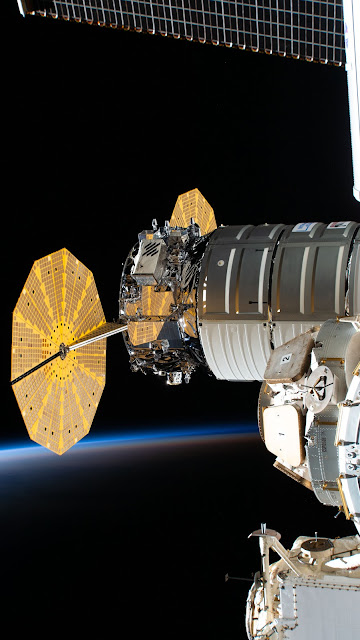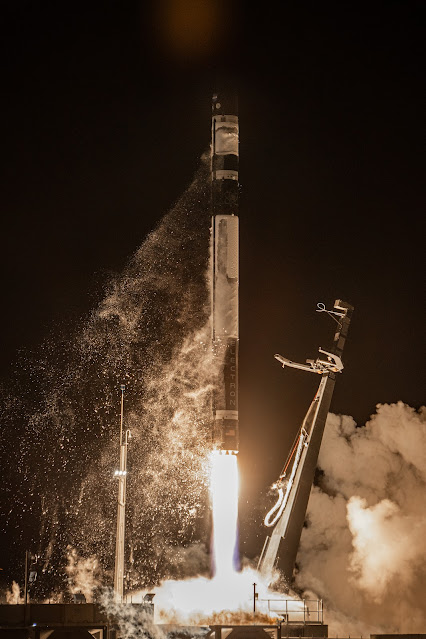Mars: Spring Fans and Polygons | NASA MRO
Both water and dry ice have a major role in sculpting Mars' surface at high latitudes. Water ice frozen in the soil splits the ground into polygons. Erosion of the channels forming the boundaries of the polygons by dry ice sublimating in the spring adds plenty of twists and turns to them.
Black and white images are 5 km across; enhanced color images are 1 km.
NASA's Mars Reconnaissance Orbiter (MRO) is the second longest-lived spacecraft to orbit Mars, after 2001 Mars Odyssey. It has been studying the Red Planet since March 2006. The spacecraft collects and relays daily science and weather data. It also scouts for landing locations for Mars landers and serves as a critical relay station for science beamed back from the Red Planet.
NASA’s Jet Propulsion Laboratory, a division of the California Institute of Technology in Pasadena, California, manages the Mars Reconnaissance Orbiter (MRO) for NASA’s Science Mission Directorate, Washington. The University of Arizona, Tucson, operates the High Resolution Imaging Science Experiment (HiRISE) camera on MRO, which was built by Ball Aerospace & Technologies Corp., Boulder, Colorado.
Video Credit: NASA/Jet Propulsion Laboratory (JPL)/University of Arizona
Narration: Tre Gibbs
Tre's website: www.tregibbs.com
Duration: 1 minute
Release Date: June 29, 2022
.jpg)






.jpg)
.jpg)




.jpg)
